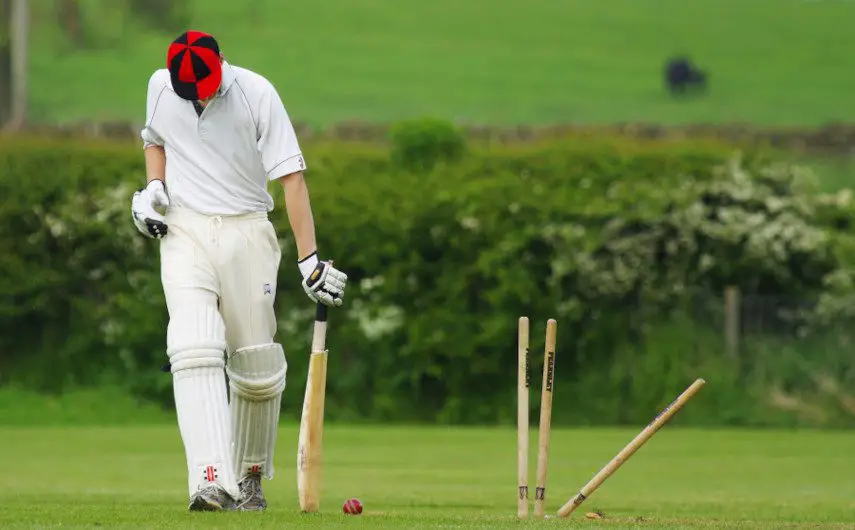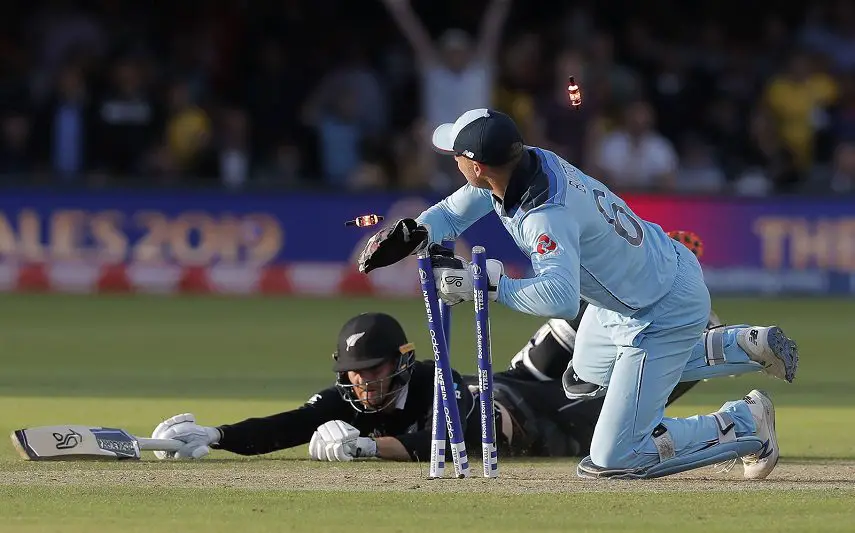Table of Contents
Before any game of cricket is played, the fielding side are given a brand new ball. Over the course of the match, the condition of that ball will deteriorate and, eventually, it would need to be replaced.
Additional new balls are, therefore, part of the sport.
In limited overs cricket matches, bowlers are not set to be given an option of a new replacement at any stage. However, in first class and test cricket, the longer formats mean that new balls are a necessary element.
In all formats, balls can be changed due to problems with condition but that doesn’t always mean that the fielding side will get a brand new ball.
Wear and Tear of Cricket Balls
From the moment that a new cricket ball is used, it’s condition will alter. From the first time that a bat strikes the leather, it will scuff and soften and potentially start to lose its shape. The seam will also flatter and possibly fray.
A ball made of these natural materials cannot last forever and, therefore, there are new ball laws in place relating to its replacement. These laws are different, depending on whether we talk about test cricket or one day cricket.
A ball can also be replaced at any stage of an innings if it is lost or becomes unfit for purpose. Extensive damage can lead to the leather splitting or the ball may lose its shape. If this happens, the fielding captain can get the ball replaced but the replacement will not be brand new. The third umpire will bring out a selection of previously used balls and the standing umpires will choose a ball in similar condition to the original.
New Ball in Test Cricket
fis given to the fielding team at the start of an innings. After 80 overs, a replacement new ball will then become available.
The captain of the fielding side may elect to take this new ball or they can continue with the original. At any point after this 80 over mark, the new ball can still be taken.
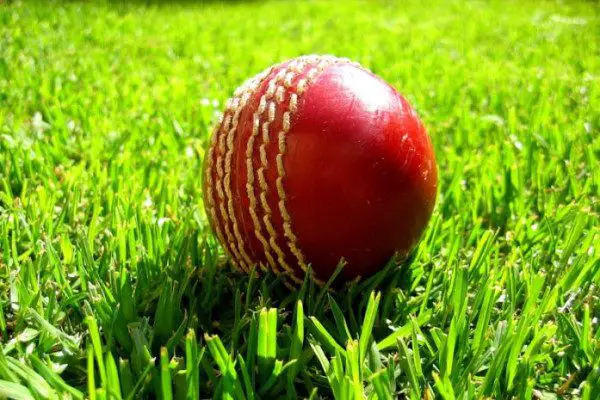
New Ball in ODI
A change in the laws in 2011 meant that the bowling team will now have two new balls for all One Day Internationals. However, the law works differently to the one in place for test matches and first class cricket.
Those two new balls are both provided at the start of the innings and they will be used at either end of the wicket. The standing umpire gives the new ball to the bowler at the start of the match. At the end of the over, that umpire will take that ball back as he or she moves to square leg.
Meanwhile, play will switch to the other end and the second new ball comes into play. This process continues for the entire innings which will come to an end at 50 overs or when the batting side loses all ten wickets. Therefore, each of those two white balls are used for a maximum of 25 overs.
When the first innings of the match comes to an end, there will be a change of innings and this new ball process will continue all over again.
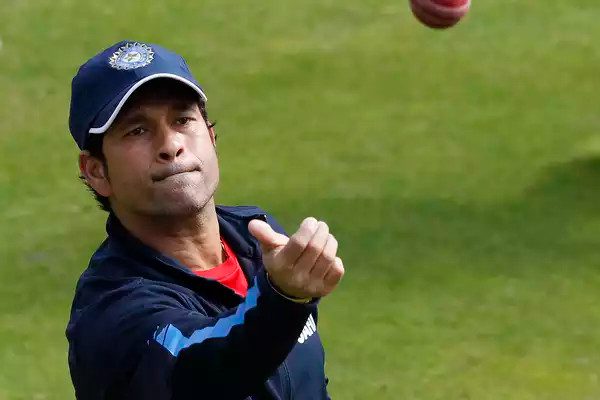
New Ball in T20
T20 cricket is a limited overs format where each batting side receives a maximum of 20 overs. The white ball is used and a new ball will be provided to the fielding team at the start of the match.
In the shortest form of the game, there is little scope for the ball to deteriorate so there is no option to take a new ball at any stage of the innings. At the conclusion of that first innings, the teams will change over and the process will be repeated. Each side will receive just one new ball.
In all formats, there is that provision to change the ball if it is deemed necessary by the match officials. The circumstances in which this may happen could include the ball being lost if it is hit out of the ground. Alternatively, it may wear sufficiently that it becomes unfair for the bowling team to continue using it.
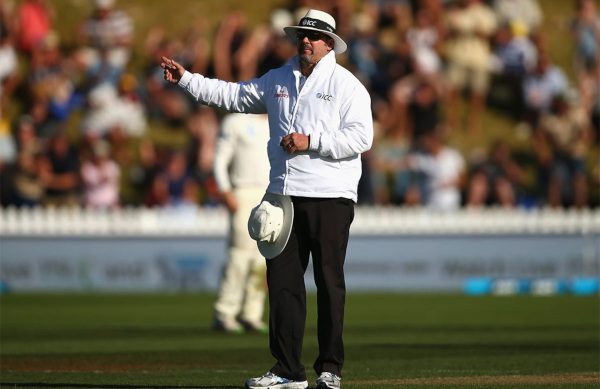
The ball may also lose its shape: Standing umpires carry a tool to ensure that any ball can pass through if it has maintained its regular shape. If it doesn’t, it can be replaced. In all of those instances, the ball would be replaced by one that is in similar condition. A new ball will only be provided at the allotted stages described above.
Conclusion
Despite the professional manufacturing process, a cricket ball will not last indefinitely. Eventually, the condition will deteriorate so much that it will not be fit for purpose. Identifying points in the game for providing a new ball is, therefore, essential.
The new ball laws are also in place to help maintain that balance between the bowlers and the batsmen. In theory, the longer balls are used, the less likely they are to behave according to the bowler’s choice of technique: swing, seam or spin. Therefore, the rules are there to ensure that the fielding team has a fair chance of competing as a match wears on.
New ball laws governing test match cricket are logical and the 80 over mark is widely considered to be a fair one, since the red ball in test cricket tend to last longer than its white or pink counterparts. Once the new ball has been requested, the standing umpires will signal to the scorers that it has been taken.
The laws governing ODI cricket are a little more complicated when it comes to new balls. However, the strategy of having one new ball at each end means that the fielding side know what to expect over the course of the match. There is no decision to be made in regards to taking a new ball at a late stage of the innings.
This approach also gives captains something extra to consider as the two balls can deteriorate at different speeds. Therefore, certain bowlers might be more suitable to one or other of the balls in question.
Finally, T20 cricket is the simplest of all and the short format means that only one new ball is required for each innings.

